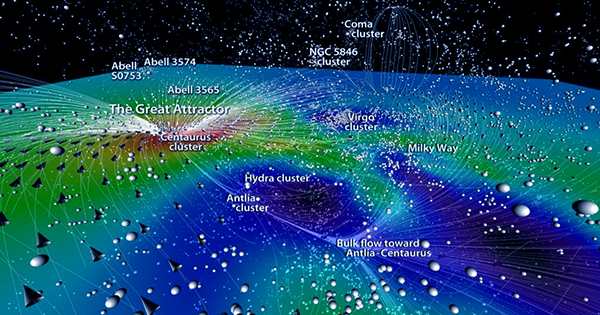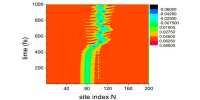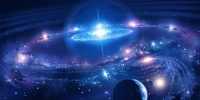The Astronomers have unveiled an incredible new map of the universe. This two-dimensional image is the culmination of six years of work for Dark Energy Spectroscopic Instrument (DESI) Legacy Imaging Surveys. This map is the largest ever in terms of sky coverage, sensitivity and total number of galaxies. The stunning map can be searched perfectly on this website. It contains 10 trillion pixels – or about 833,000 high-resolution smartphone photos.
Thanks to the work of 150 observers and a few years of data from the Kit Peak National Observatory, the Cerro Tololo Inter-American Observatory and NASA’s Wide-Field Infrared Survey Explorer (WISE), it was created during 1,405 observations in three observations 50 other researchers.
This unprecedented survey is the most uniform and in-depth survey ever conducted, and it is not the end, it is the beginning. Researchers will look at 35 million galaxies and 2.4 million quarts on the map and measure their exact distances, some of which are expected to be some 12 million light-years away. Over the next five years, the DESI survey will provide a clearer picture of the distribution of space in the universe and the rate at which the universe is expanding, creating a giant three-dimensional map of the universe.
The survey was originally designed to understand the dark energy, the mysterious (and currently speculative) substance that is believed to have caused the acceleration of this universe. There is some great uncertainty when it comes to the actual nature of dark matter and the different methods employed to measure the rate of expansion of the universe, providing different results suggesting that our model of the universe may not be accurate. To get all this information from galaxies, researchers need to get their spectrum. They need to get their light and break it into a rainbow, from which astronomers can make their position effective and how they are moving away from us. To get the spectrum, a thin fiber-optic cable is indicated in each individual galaxy. Thanks to automated robots, the location of these fiber-optic cables looks like telescopes in every region of the sky that simultaneously create spectra for 5,000 galaxies.
Adam Bolton, Director of NOIRLab’s Community Science and Data Center, said in a statement, “To solve some of the biggest mysteries in basic physics today, we’ve managed to create a huge digital database of stars and galaxies, enabling a new data mining approach to discover additional astronomy.” Already a number of startling studies have come out of this map, with many more to follow.















